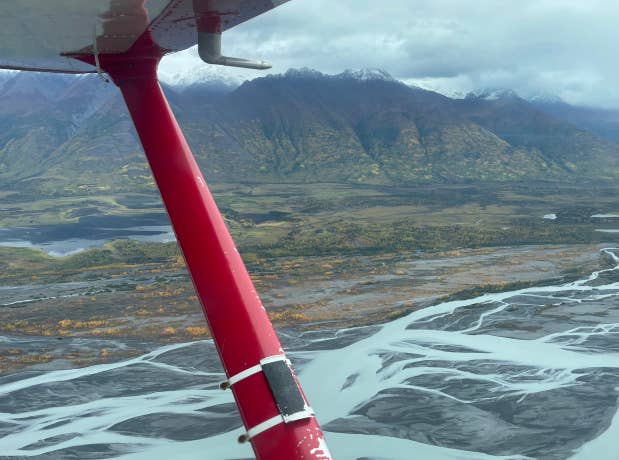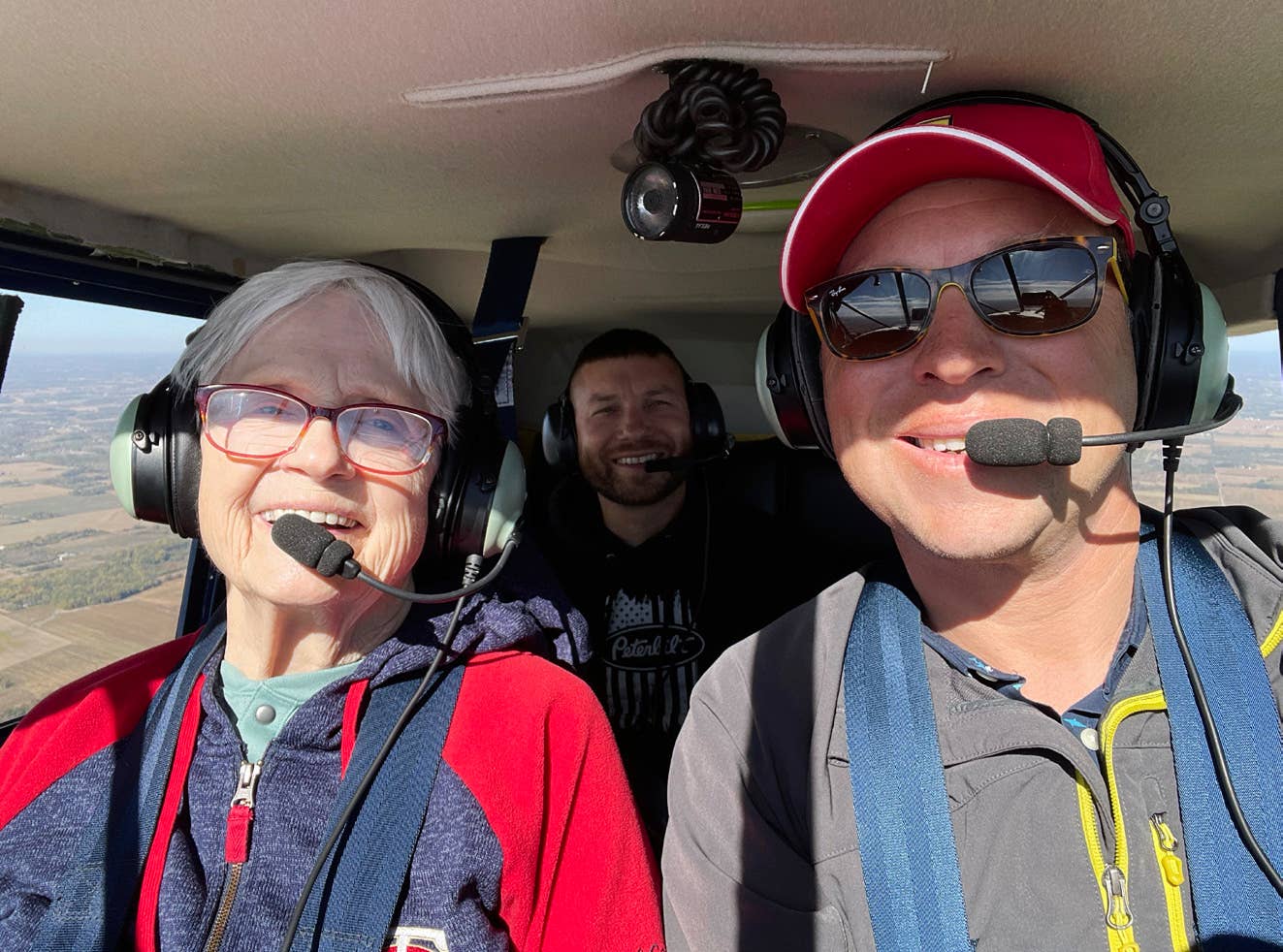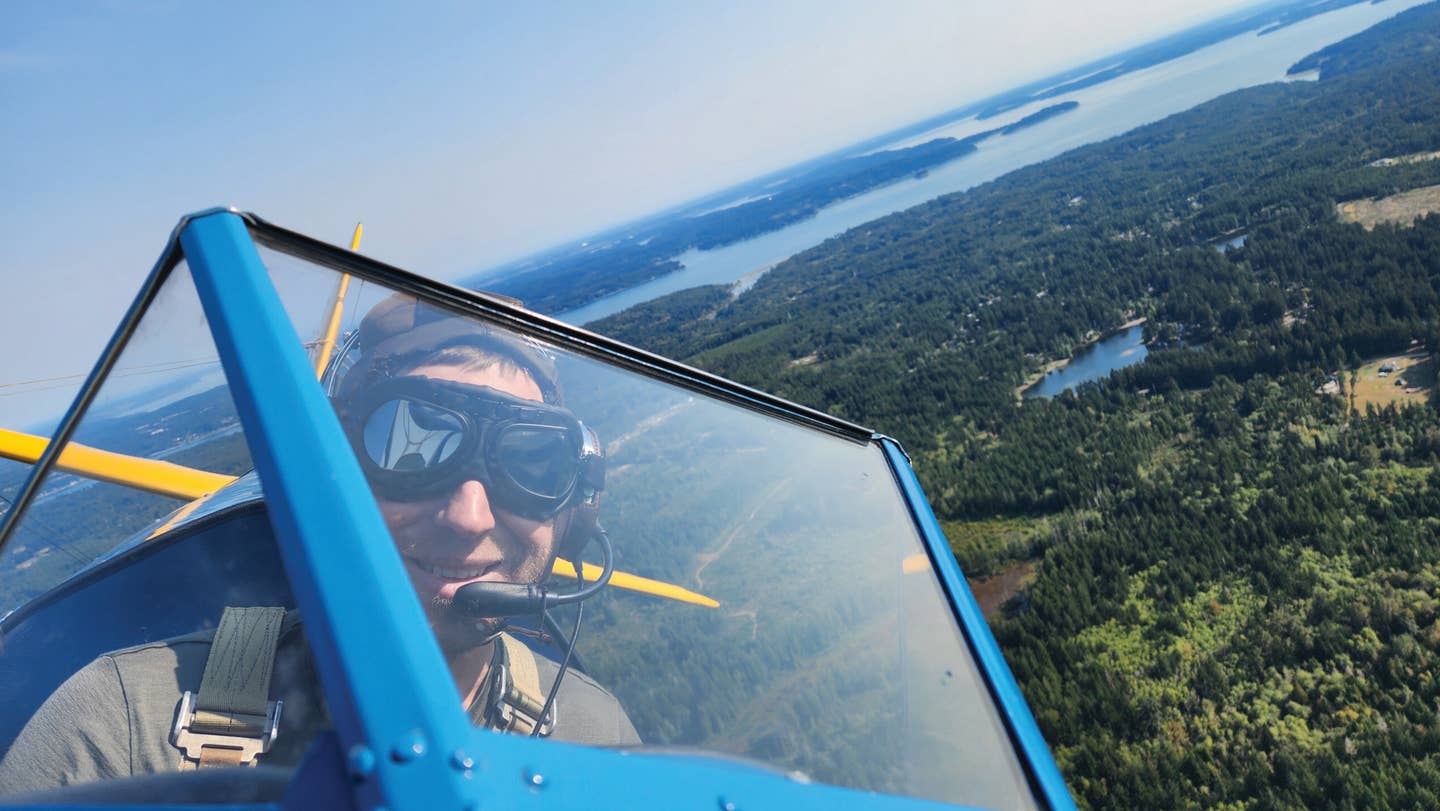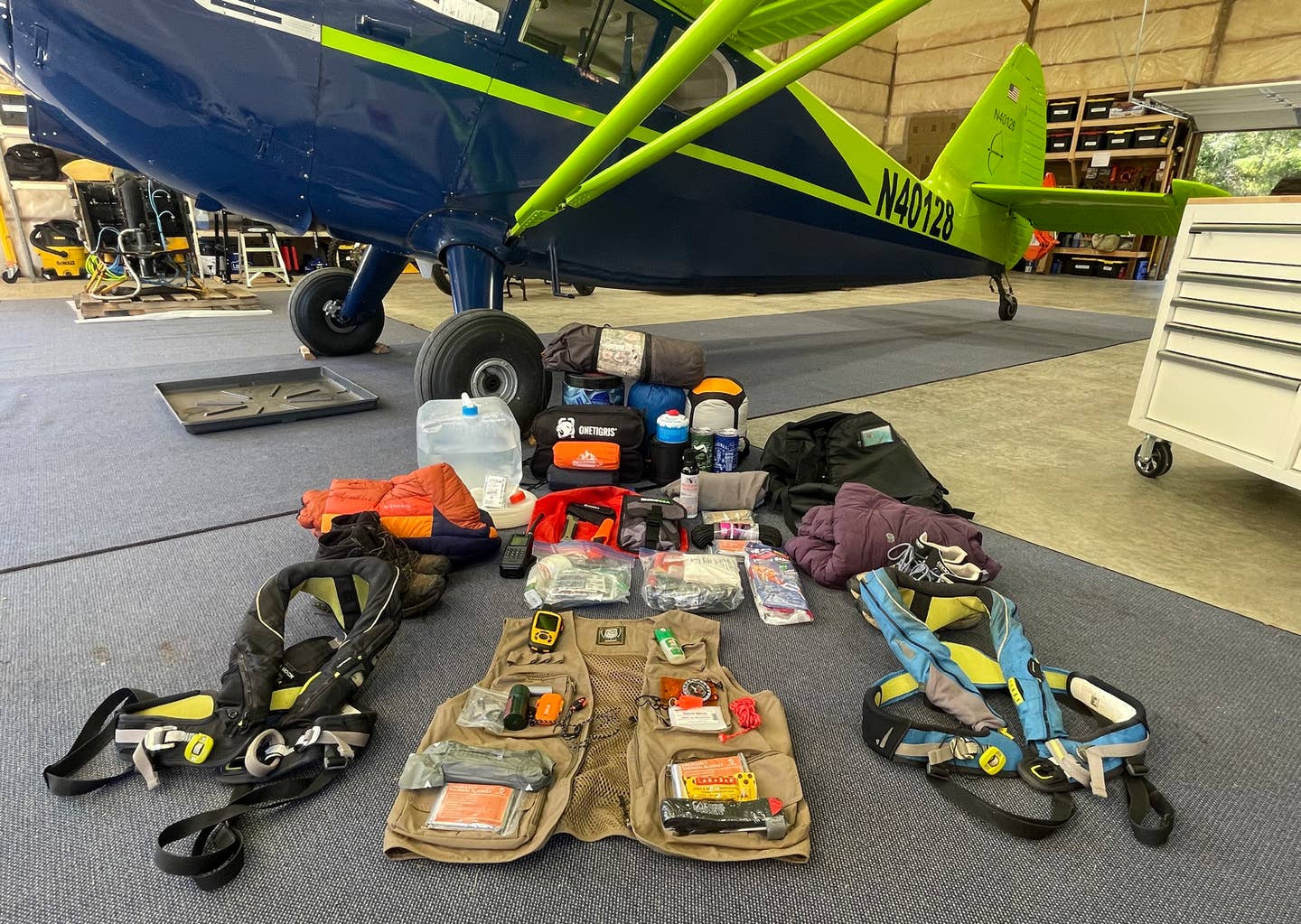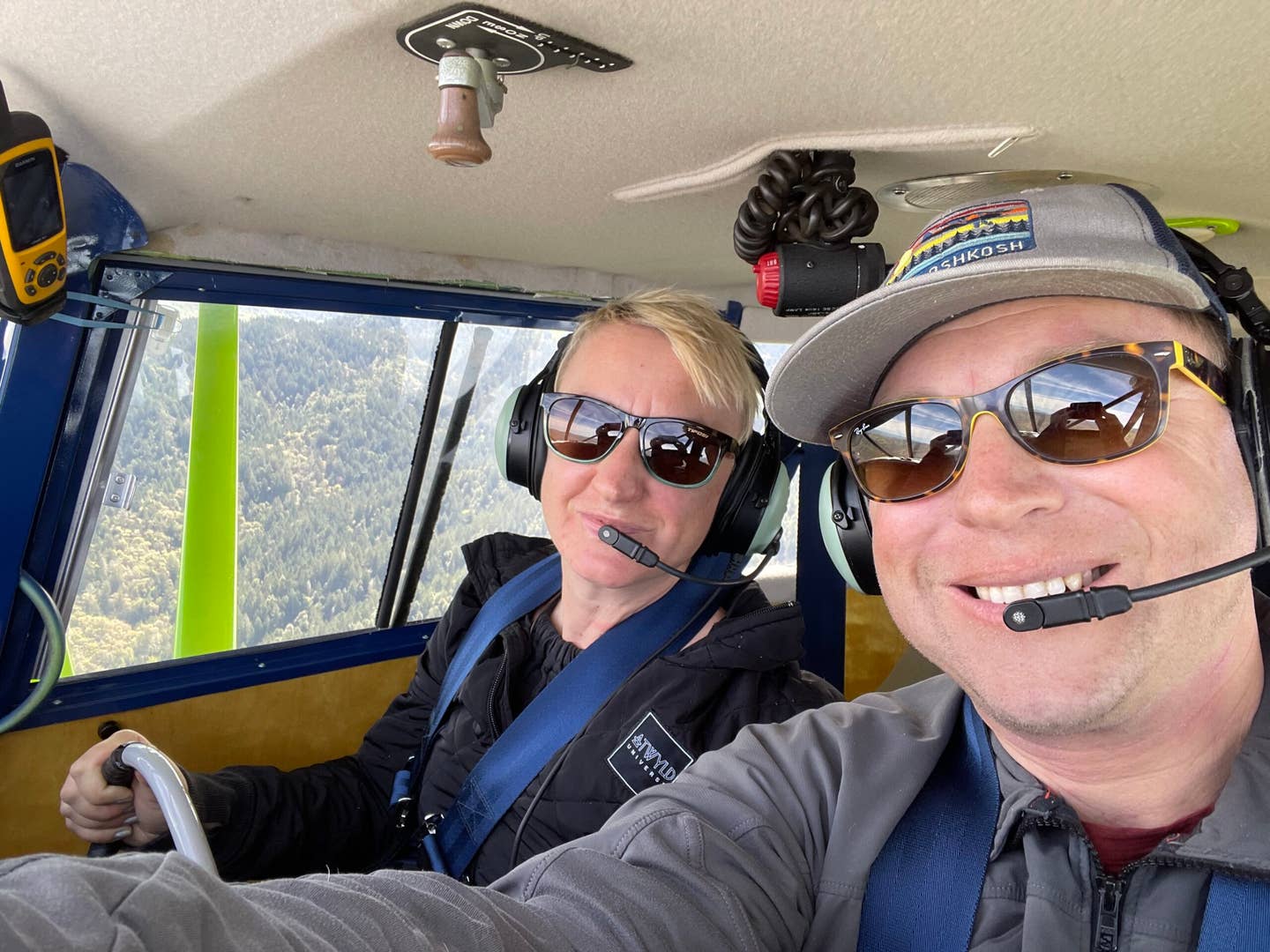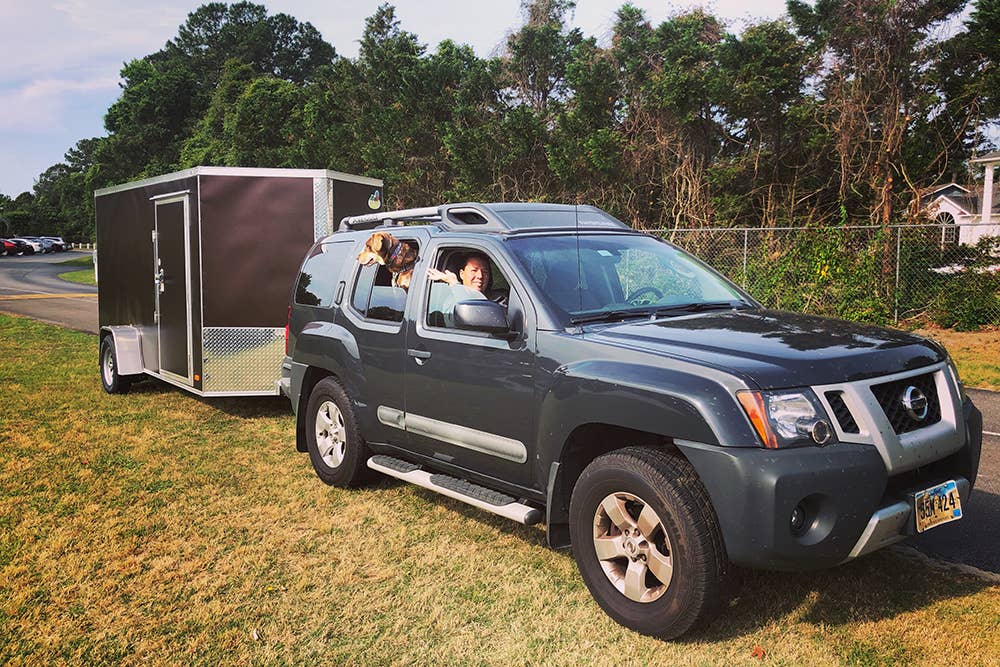
The Weigels have been a family on the move recently. Courtesy: Sam Weigel
One of the unique things about flying for a major airline is that, even at the relatively small bases, you frequently share a cockpit with people you’ve never met before. The level of standardization at modern airlines smooth out the operational aspects of working with strangers, and the fact that airline pilots tend to be a—sometimes regrettably—homogenous bunch eases the potential for social friction.
There is something of a standard introductory formula: greeting the other pilot as they board the jet, introducing yourself, sitting down in your respective seats, building your nest, and engaging in light chatter—including where’s home, when did you come in, and how was the commute? My answer for the past four-plus years that I live on a 42-foot sailboat and that home is whatever patch of salt water we’re currently plying always drew raised eyebrows and sparked decidedly nonformulaic conversation. But it was at least an answer, one I honed to the point that I could reassure my co-worker du jour that I’m a fairly normal guy despite my unconventional lifestyle—and won’t be a pain in the ass to fly with for the next four days.
But suddenly, for the very first time in my rather itinerant life, I have no good answer to the question, “Where’s home?”
Earlier this summer, Dawn, Piper and I moved off Windbird in Myrtle Beach, South Carolina, having completed a long list of boat projects before hanging out the “for sale” sign. We initially towed the 6-by-12-foot trailer containing most of our earthly possessions 500 miles to northern Alabama, where our good friends the Phillipses and Grandstaffs reside.
We crashed with them for a few weeks while engaging in various moto and aviation adventures (including crewing for several hot-air-balloon flights), and I endured several two-leg commutes from Huntsville to New York.
Now, we’ve decamped 1,000 miles north to Minnesota and the Dakotas, where we’ll divide our time between our respective families for a few months and collect the scattered remnants of our pre-boat life before heading 1,700 miles west to Washington state. We don’t know where we’re living when we get there. We think we’ll arrive sometime in August. This is about as aimless as I’ve ever been, and it’s a bit disconcerting.
Virus Destroys The Plan
The problem is, we originally had a fairly ambitious but solid plan. The pandemic blew it all to bits, and we have yet to fully formulate a good replacement. When we bought our lot on a 2,600-foot grass airstrip on Washington’s Kitsap Peninsula in October 2019, it was with the intention of building our dream home and hangar in 2022. Anybody who’s undertaken a project of similar scale knows this was an ambitious goal, one that would have required fairly steady work.
We started strong by commissioning a topographic survey; familiarizing ourselves with the property and working out an initial site design; completing a house-specification list, basic initial design and budget estimate; and starting the search for an architect and a builder.
But as soon as the pandemic hit, we hit the pause button. Travel to the shutdown Pacific Northwest was ill-advised. I assumed I’d be downgraded back to first officer, and I very nearly was until 1,800 of my coworkers took the early retirement package. For a while, even the airline’s very survival was in doubt, and it might have been a close-run thing if not for considerable government assistance (you don’t know what cash burn is until you’re shoveling $80 million a day into the furnace). Dawn and I hunkered down, stopped homestead development, and padded our savings account instead. With several thousand miles distance from our property, my general inclination toward procrastination, and the competing demands of maintaining and cruising Windbird, our focus wandered.
Focus Returns, But…
Now, as the country is emerging from the pandemic funk with a vengeance, we’ve refocused on our aviation-homestead plans but found that the ground has shifted under our feet. Construction costs in the Pacific Northwest, already among the highest in the nation, have followed the real estate market into the stratosphere. Builders and subcontractors are fully booked for the foreseeable future. Lumber prices quadrupled and have yet to significantly ease. Suddenly, we find ourselves rather hesitant to rush into the better part of a million dollars of debt just to build next year. So, we’ve been taking stock of what’s most important to us.
Having lived in a floating home of some 200-odd square feet for the past five years, we’re perfectly used to a minimalist lifestyle in a small, specialized space. Dawn is quite happy to return to the conveniences of land living (where letting the dog out to go potty doesn’t require a rough, wet dinghy ride), but she’s indifferent about additional square footage.
Getting to know our land is important to us. Building a beautiful and sturdy home that is a direct reflection of our values, interests and experiences; one that will be a beacon of refuge to our widely scattered friends and a launchpad for various aerial, terrestrial and nautical adventures; one that will outlast us by many generations: All this is important to us. Building it the right way—in which we take an active role in its creation, and our finances and relationship are not strained to the breaking point—is important to us. Getting back into general aviation and owning our own airplane is especially important to us. All this suggests that we delay construction of the main house for a few years, prioritize building the hangar first, and live in some sort of temporary habitation in the meantime—whether that be an RV, a tiny home, a hangar apartment or a friend’s house. We’re still figuring out the details, even as we prepare to move west.
“Alas, dreaming is the easy part.”
Meanwhile, the dreaming-and-planning phase continues. We’re still honing the specification list and basic design, and we will be hiring an architect in the next few months. The current plan is as follows: a modestly sized but well-built timber-frame house of 2,000 to 2,300 square feet and two to three bedrooms, with a soaring great room that has open rafters, a fieldstone fireplace and expansive windows overlooking the grass airstrip. The kitchen will be a major focus of the house, an inviting hub of activity, and the guest quarters will be a lofty getaway tucked among the wooden beams and trusses.
The house will be smart-home enabled, ultra-efficient and designed for off-grid capability. I’m not a doomsday prepper by any means, but living on a well-found cruising sailboat has definitely increased my appreciation of self-sufficiency. And this is an area of the country subject to earthquakes and volcanic activity, not to mention annual ice storms that wreak havoc on the power grid. The 50-by-60-foot hangar and shop down the hill will be large enough to accommodate our guests’ airplanes and ours, a few motorbikes, and a vintage restoration or homebuilding project. The entire homestead will be designed to mesh gracefully with its beautiful wooded site, to offer privacy and inspiration, as well as blur the line between indoors and out on those Pacific Northwest summer days that are the very finest on Earth.
Alas, dreaming is the easy part. There’s a lot of work to be done before the land is even temporarily habitable—and not a ton of time to do it in. My airline is transferring me to the Seattle base effective October 1, which is also when the rainy season starts; I’d like to be somewhat settled by then. The septic design is complete and submitted for permitting. We’re soliciting bids for the first phase of site clearing, putting in the driveway, and septic installation. I have several long Seattle overnights coming up, and I’ll be doing a lot more walking the land, clearing underbrush, staking out the site design, and flagging trees for saving or removal. It’s an exciting, busy, uncertain and stressful time, but our time on the boat has prepared Dawn and me well for this; we’ve been here before. We know we have to work hard, power through the obstacles, rely on each other for strength, and keep our vision front and center to lead the way. Someday soon, I’ll know exactly where home is: a cozy little hideaway tucked into the woods on the edge of a beautiful grass airstrip, surrounded by the forests, mountains and salt water that are my natural habitats, with an airplane of our own to enjoy it all the best way possible.

Sign-up for newsletters & special offers!
Get the latest FLYING stories & special offers delivered directly to your inbox

